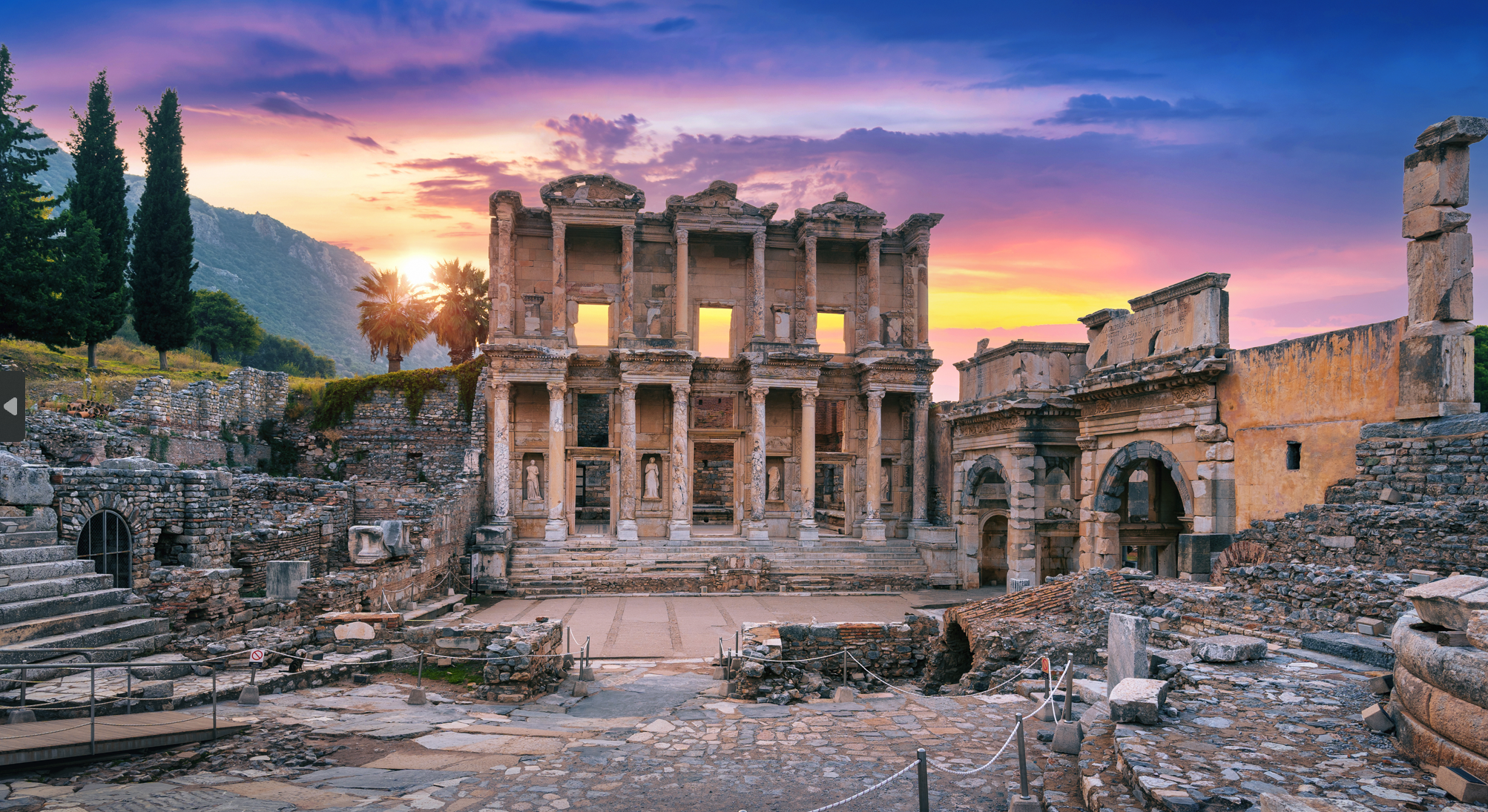Ancient architecture: How did ancient civilisations build large architectural structures with limited tools?
Read time: 1 minute 50 seconds
The wonders of ancient architecture have captivated people for centuries, with structures like the Great Pyramid of Giza and the Colosseum standing as testaments to the ingenuity and skill of past civilisations. But how exactly did they build these massive structures with limited tools and resources? Let's take a closer look.
One key factor was the use of innovative building techniques. For example, the ancient Egyptians used a method called "levering," which involved using long wooden poles and ropes to lift heavy stones into place. They also employed a system of ramps to transport the stones from quarries to the construction site. These techniques required significant planning and coordination, but they allowed the Egyptians to build towering structures like the Great Pyramid of Giza, which stands at a staggering 147 meters tall.
Similarly, the ancient Romans were masters of engineering, using techniques like the arch and the dome to create structures that still stand today. The Colosseum, for example, was built using a complex system of arches and columns, which provided both structural support and aesthetic appeal. The Romans also used concrete, which allowed them to build structures on a larger scale than ever before. The Pantheon, a temple in Rome that dates back to 126 AD, is a testament to the Romans' architectural prowess, with its massive dome still standing as the world's largest unreinforced concrete dome.
Despite these impressive feats, it's worth noting that ancient builders faced significant challenges. For example, the tools and materials available to them were often limited, and the process of transporting and lifting heavy stones could be dangerous and labour-intensive. However, their determination and resourcefulness allowed them to create structures that still inspire awe today.
It's also worth considering the cultural and religious significance of these structures. For many ancient civilisations, building large structures was not just a matter of practicality, but also a way to honour their gods or rulers. The Great Pyramid of Giza, for example, was built as a tomb for the pharaoh Khufu, while the Pantheon was dedicated to all the gods of ancient Rome. These structures served as symbols of power and prestige, and they helped to shape the cultural identity of these civilisations.
The building of massive structures by ancient civilisations was a remarkable achievement, made possible through a combination of innovative building techniques, determination, and resourcefulness. While their tools and resources were limited compared to modern technology, their legacy lives on in the impressive structures that still stand today.



